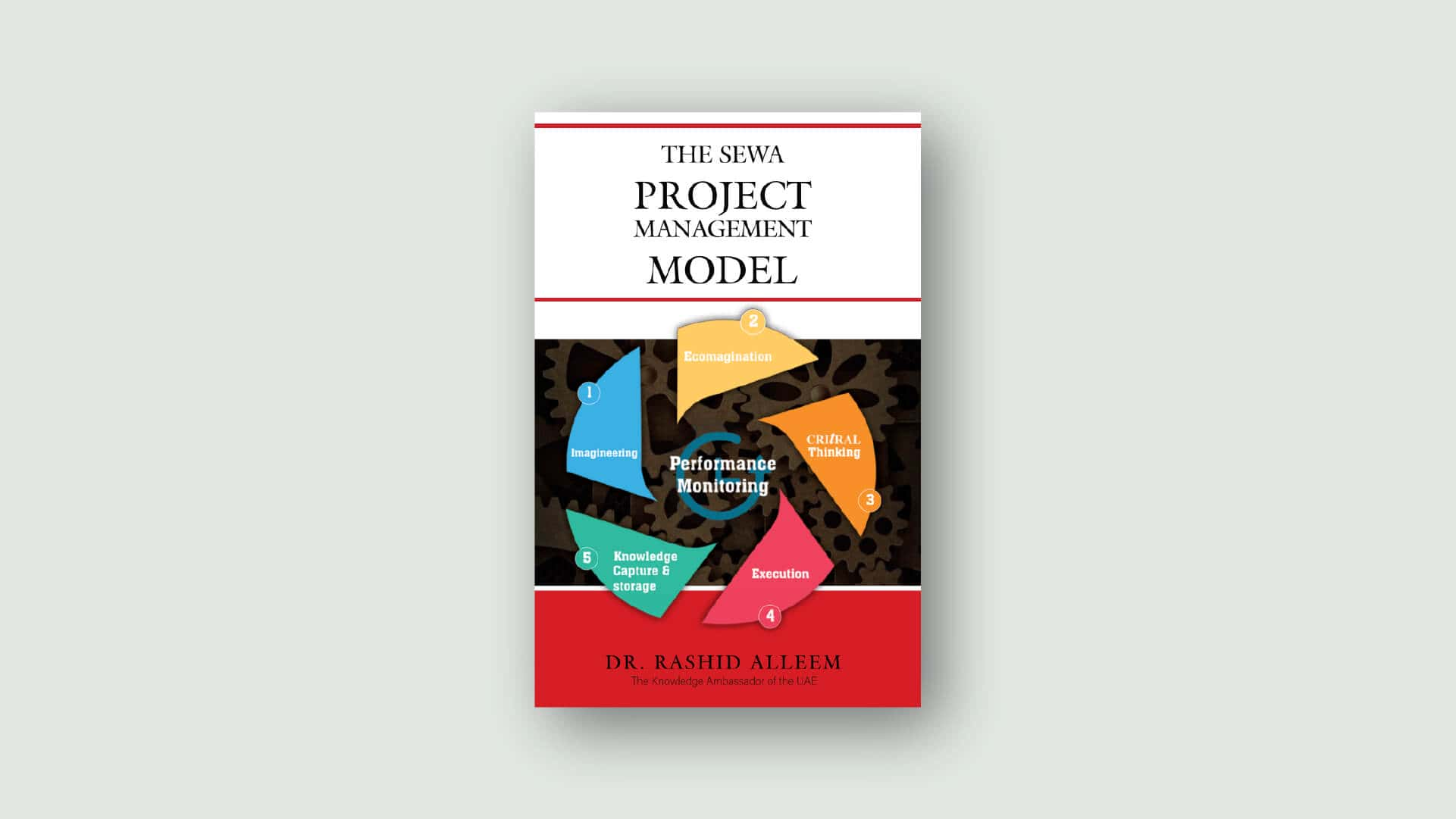In today’s highly complex global business environment, companies are constantly expected to do more with less, to run leaner while becoming more effective than ever. This is especially true for Accounting and Finance. They are now required to not only deliver periodic financial data and reports, but also real-time analysis and intelligence.
To meet mounting demands, Finance is shifting from traditional, rigid, and manual accounting processes to more automated, flexible, and agile operations. This shift is essential because it provides the productivity benefits that free organizations to deepen their focus on analyzing and reporting financial performance.
Yet nearly 70% of respondents in a recent survey by The Hackett Group report that manual processes are still the biggest bottleneck in financial close and accounting operations, with most of these processes completed with extreme resource requirements at the end of every accounting period. It’s no surprise that more than half of Finance executives report being frustrated by spending too much time on nonstrategic work. They are awash in transactional activity and two-thirds say they don’t have time for process improvement.
Continuous Accounting profoundly alters these experiences. Thanks to the automation of traditional accounting tasks like journal entries, variance analysis, account reconciliations, and intercompany transactions, the period-end tasks and controls that are traditionally performed at the end of the accounting cycle are executed as the days go by, in the cloud.
To learn how to build for your future through this new approach, download ‘the Blueprint for Continuous AccountingZZZZZ.





